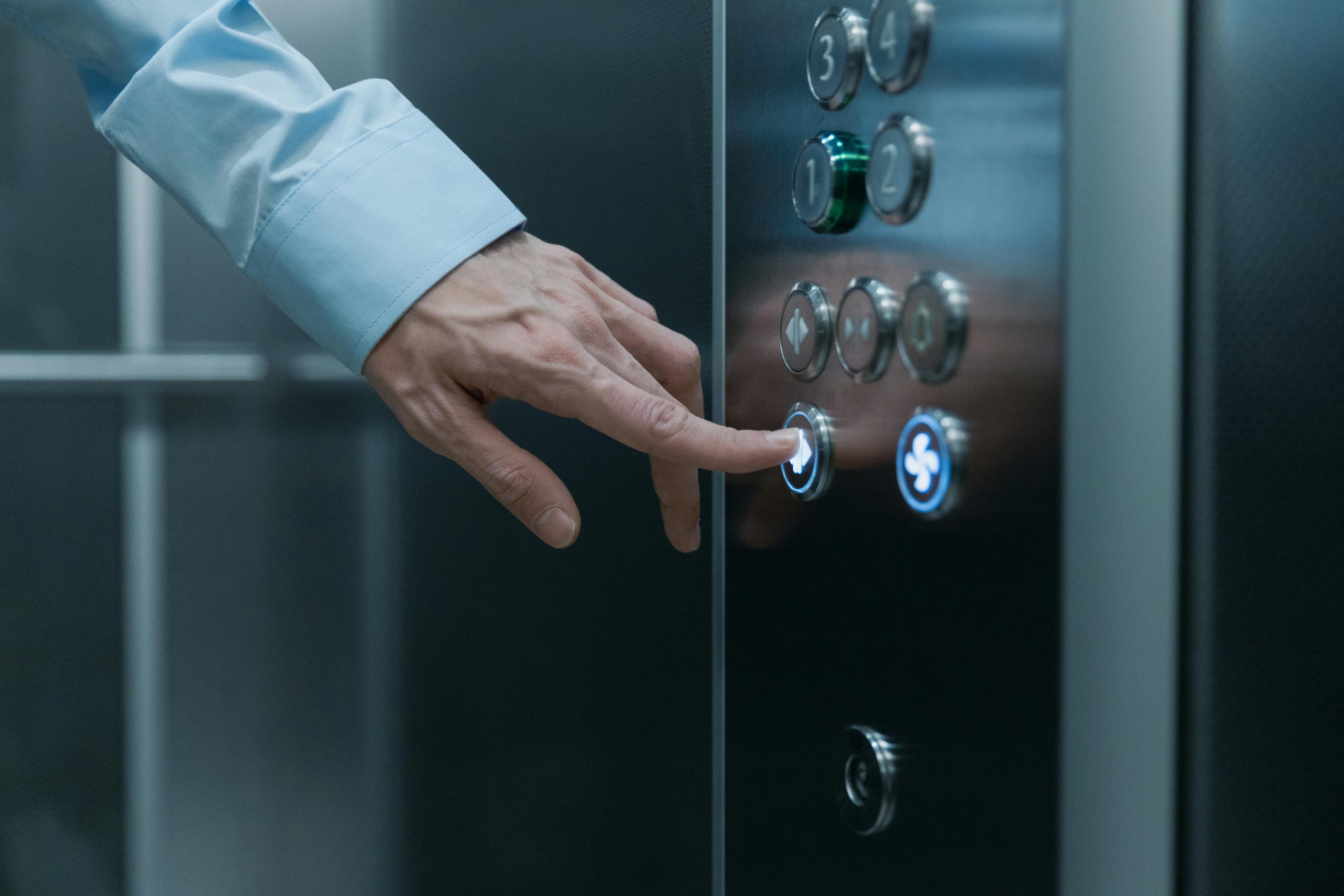Rodent Damage Update
I’ve got a brand new Hyundai Ioniq 5 that didn’t start in the -9 degree weather back in early January. As a former mechanic, I poked around for about five minutes to check for blown fuses before deciding to have it towed to the dealer.
The dealership took two full months to diagnose the issue. Eventually, they had the brilliant idea to check the back of the fuse box, where they found a mouse nest and several chewed wires. Unfortunately, this is no longer covered under warranty.
Now, I’m holding a customer-pay estimate for around $11,000: $2,500 for diagnostic labor (which I plan to contest, as it should have been one of the first things checked if the weather hadn’t been so cold), $2,500 for repair labor, and $6,000 for a new wiring harness and fuse box assembly.
I got a firsthand look at the damage, and honestly, with some careful work, it could be repaired in just a couple of hours. However, being a dealership, they insist on replacing the entire harness to meet factory warranty standards.
They suggested I file a comprehensive claim, which would mean paying a $500 deductible and potentially facing a significant increase in my insurance rates over the years. Alternatively, I could cover the diagnostic fee, tell them to take a hike, tow the car home, and handle the repairs myself for a fraction of the cost.
The catch is that I’m not entirely confident there won’t be hidden damage to other systems that are notoriously expensive. The dealership claims everything else is fine, but I’m hesitant to take that gamble with my own money. I’m about 95% sure there won’t be any further issues.
So, if I go ahead and repair the wiring harness and later discover additional hidden damage, could I file a claim at that point?
Honestly, the potential rate increase doesn’t concern me much, but it seems ridiculous that anyone—especially an insurance company—would have to shell out $11,000 for what should really be a few simple wire splices.




It sounds like you’re in a frustrating situation, and you’ve clearly considered your options very carefully. Here are a few thoughts:
DIY Repair: If you feel confident in your skills as a former mechanic and believe that the damage can be repaired with some careful wiring work, that could save you a significant amount of money. Just make sure you have a good understanding of what needs to be fixed and that you’re aware of the potential risks involved with doing it yourself.
Insurance Claim: It is true that filing a claim after doing repairs on your own can be tricky. Insurance companies typically want to see the damage as it was before repairs. If additional issues arise after your repair, it could complicate things. Generally, it’s best to consult directly with your insurance agent before making any repairs to see what will be covered.
Documentation: If you decide to go the DIY route, document everything thoroughly. Take pictures of the damage, save invoices for any parts you buy, and keep a detailed record of what you did. This documentation might help you if you later discover additional issues and decide to file a claim.
Negotiating with the Dealer: Before making any final decisions, consider pushing back on the dealer about the diagnostic fee, especially if you feel they should have caught the rodent damage earlier. What they’re charging for labor seems excessive given that the diagnosis took a long time and didn’t yield new information until late in the process.
Hidden Damage Concerns: Your concerns about potential hidden damage are valid. If you do repair the harness and later discover additional issues, you might need to weigh the costs of repairs against filing a claim and potential rate increases.
Ultimately, trust your instincts and choose what makes you most comfortable financially and confidence-wise. Whether you go the DIY route or file a claim, make sure you’re fully informed about the possible implications of each choice. Good luck!